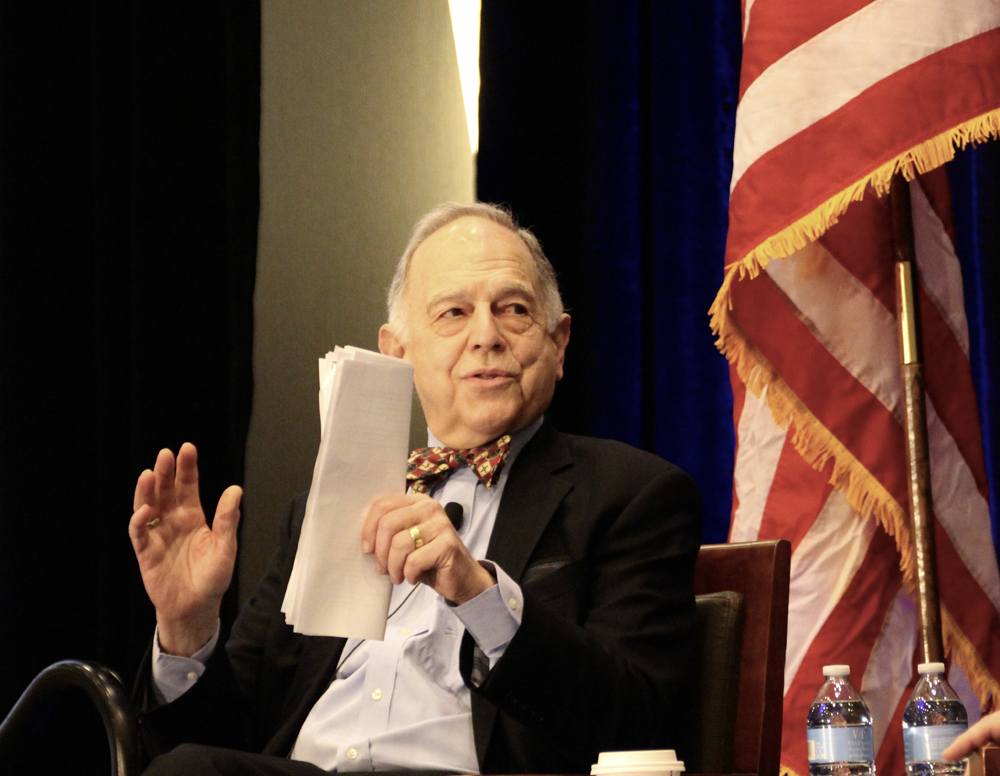
LOMBARD, Ill. — The Midwest Association of Rail Shippers Winter Meeting is by no means focused on passenger railroading, but there were some notable comments about Amtrak over the course of the two-day event.
Foremost among those, not surprisingly, were the thoughts of Surface Transportation Board Chairman Martin J. Oberman, whose agency’s busy agenda touches on regulatory matters for both freight and passenger operations.
Oberman was asked if he had concerns that the significant expansion sought by Amtrak could impact the capacity of the freight network.
“I do have concerns,” he said, saying that the “stripping down … of physical resources” over the last 50 years have made coexistence more difficult.
“I wasn’t even close to the rail industry in 1970 or 1980,” Oberman said, “but on the one hand, Congress said, you know, we’re going to do passenger service ourselves. On the other hand, we’re going to pass Staggers [the Staggers Act, a significant step in deregulation] and we’re going to encourage railroads to consolidate, rationalize, and allow them to remove double- and triple-tracking and so forth. But we’re still going to make them run Amtrak on time. So there were a lot of federal policies which didn’t seem to be talking to one another.”
Oberman noted that the “excruciatingly detailed” Gulf Coast hearings — over Amtrak’s efforts to start service between New Orleans and Mobile, Ala. — displayed the kind of infrastructure deficiencies that make passenger service an issue, and said there would need to be a commitment to address that problem.
“But we also have, for the first time in Amtrak’s history, a $66 billion pot of money aimed at providing to do that. So I think there is reason to be optimistic, if the railroads and Amtrak work together to expand infrastructure as needed where passenger service expansion should happen.”
That mention of the Gulf Coast case prompted Oberman to offer his view that the matter should have been settled before reaching the board. “But if the parties are going to litigate, the way that case was litigated was a disservice to the public and to the board,” he said, “which is why we had to ask for more evidence and continue the hearings. … It shouldn’t have gotten to that point, and it shouldn’t have taken 11 days if it did get to that point. But someday, if we ever have time to get past all these other matters, we may issue some more directions on how parties ought to litigate these access cases.”
Slow down Amtrak?
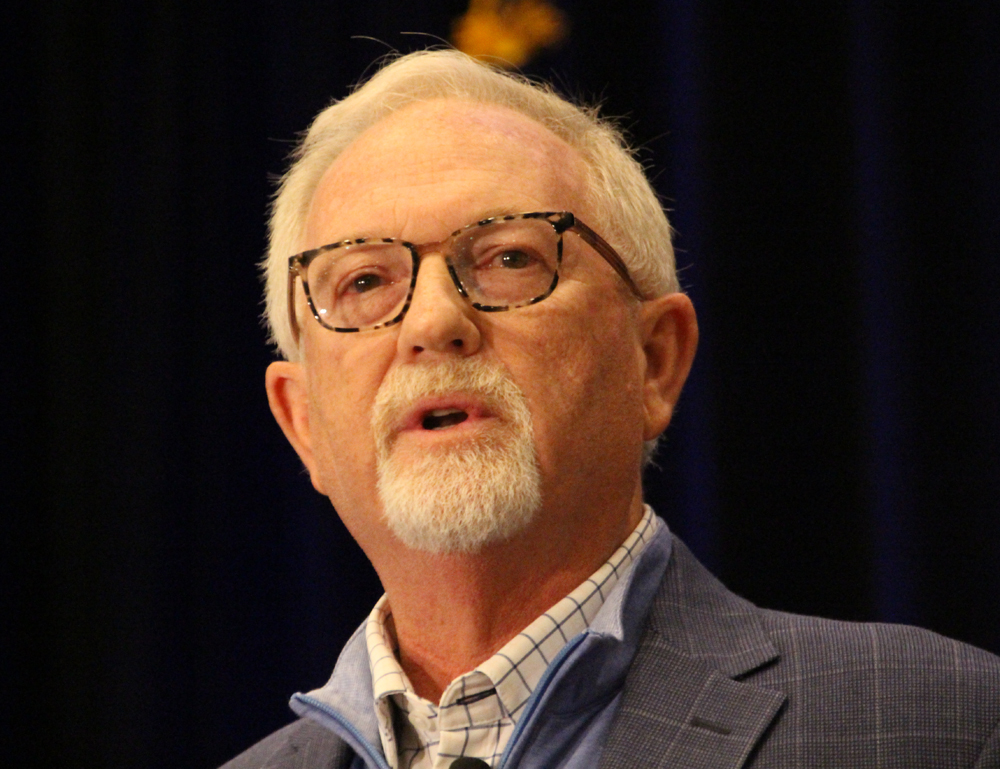
Another view on Amtrak came from Paul Fenton, CEO of shortline operator Patriot Rail, whose resume also includes a stint as CEO of Southern California commuter rail operator Metrolink, as well as time as CEO at short line company OmniTRAX, and stints with Class I railroads Canadian National, Kansas City Southern, and Santa Fe.
Fenton’s belief is that Amtrak should operate at a top speed equal to that of intermodal freight trains, rather than the current 79 mph that is the maximum for most passenger trains on host freight railroads.
“You realize how hard it is to run a high-density network when you have a train that doesn’t fit your slots?” Fenton said. “… Let’s stop having lawsuits and let’s figure out how to slot these trains in move them appropriately. Because make no mistake about it: we need commuters; we need this service in our country. …
“I don’t think very many people who ride Amtrak across the country are doing it to get there as fast as they can. So we slow it down 10 mph, is it really going to make a difference? Fit the network, first of all. That would change the game a lot.”
Considering coexistence
Henry Posner III, chairman of Railroad Development Corp. — which has freight and passenger interests in Europe — was asked, based on those experiences, how focusing on passengers can constrain freight operations.
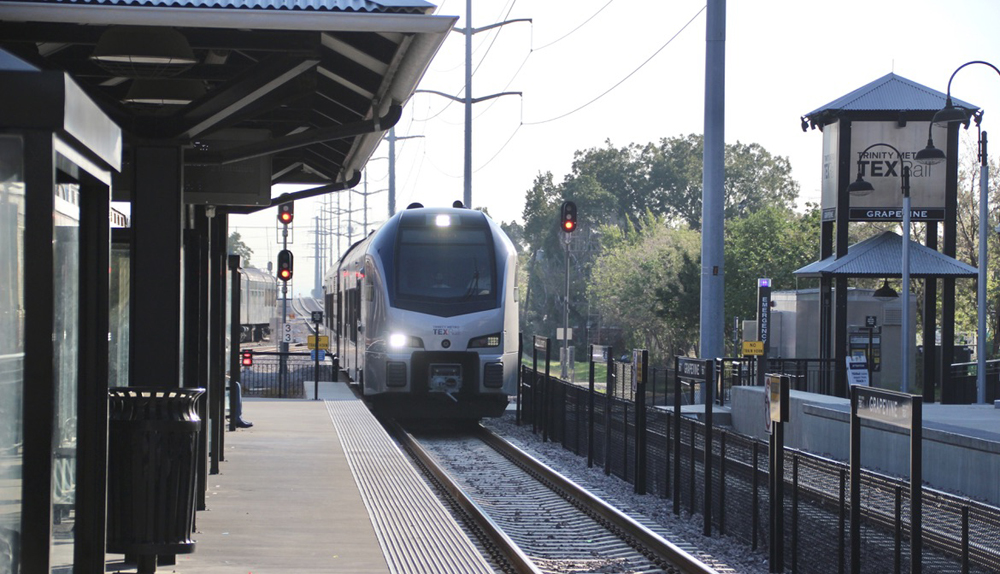
“There needs to be an environment where they can coexist,” Posner said, “but you have to decide what the core business is. In North America, that’s freight.”
He suggested that one way to get a good result for both sides is to have separate companies focusing on each aspect: “If you get a company whose sole focus is on passenger service, you’re more likely to get a good result.”
In North America, he said, such private sector companies do exist. “Herzog is a pure private-sector company, as is Brightline, and in both cases, they don’t have a freight business to rely on, and they’re still in business, so they must be doing something. In my view, Brightline is a real-estate company with a train in the basement, which by the way is the Japanese model.”
Herzog — probably better known for construction and maintenance — is a contract operator for operations including Caltrain, Florida’s TriRail, New Mexico Rail Runner, and Trinity Railway Express and TEXRail in the Dallas-Fort Worth area. “You can argue they run an intercity service because they operate the commuter train between Dallas and Fort Worth,” Posner said.






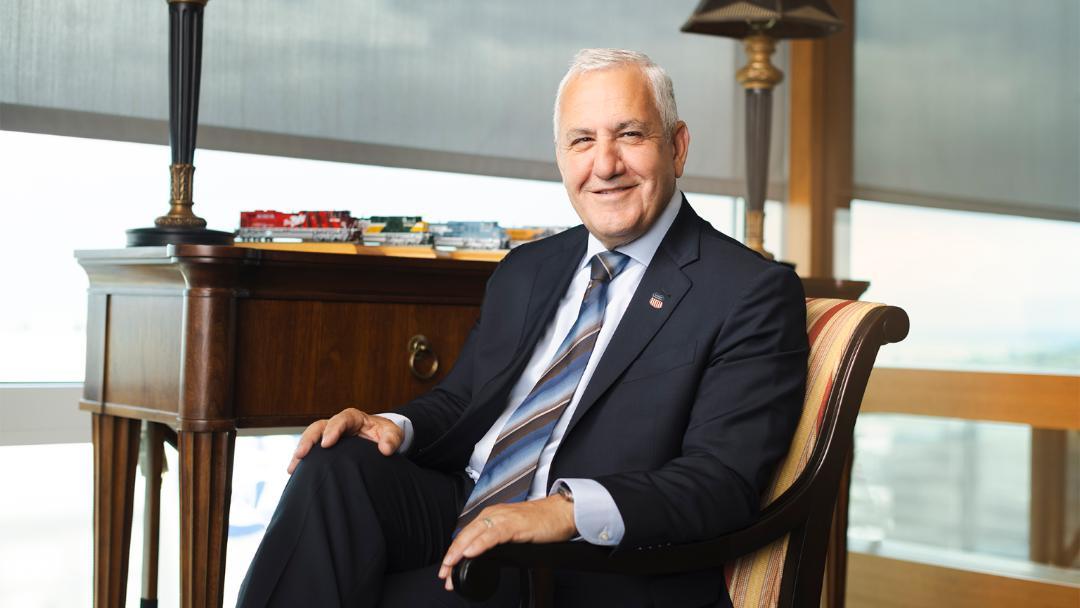
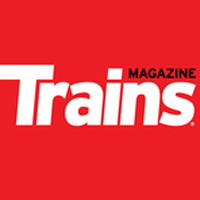
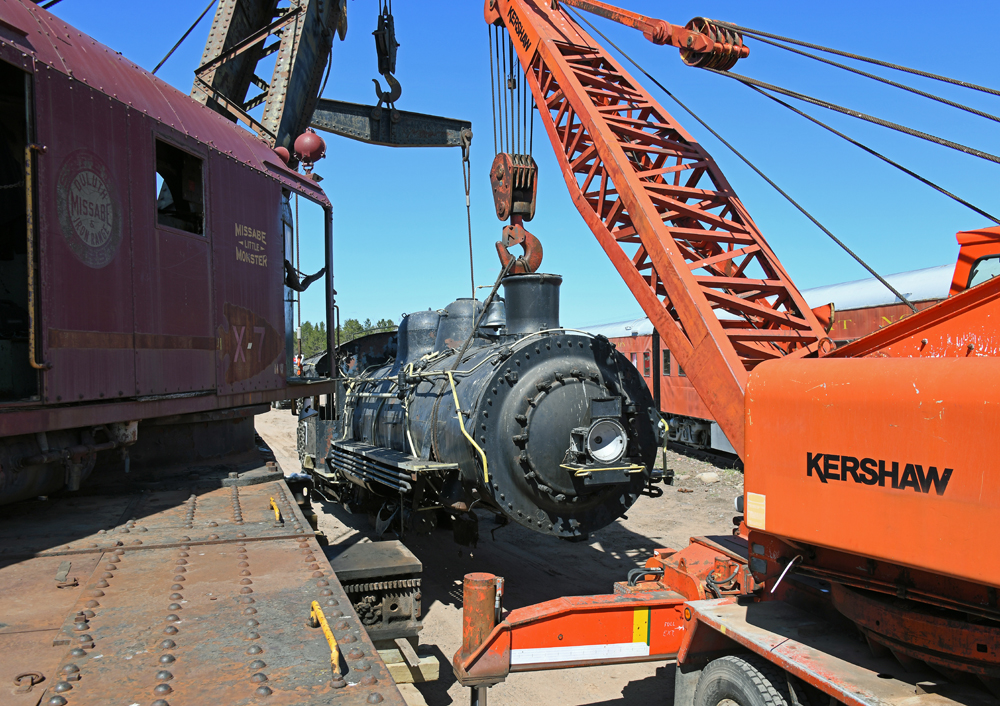
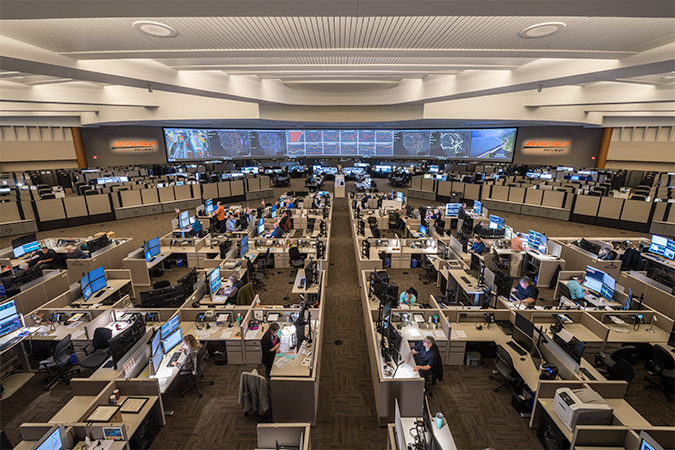




OK, for some reason the passenger trains ran a lot closer to on-time when they were run by the railroads themselves. Because they had no one else to blame! When they were relieved of their fheir common carrier responsibility to carry passengers and a lot of freight due to Staggers they embarked on wholesale “rationalization” of the infrastructure with resultant lack of capacity. Buybacks are a missed opportunity to increase capacity. The US economy is constantly growing and RR capacity is shrinking much less keeping up. Staggers gave the RRs the ability to grow and still make a reasonable Profit. Instead they have ignored their common carrier obligation and are begging for reregulation.
To those in the know, does past “rationalization” of track mileage And longer trains now do to PSR, and lack of capacity due to those facts enter a large part into this? I do not see why it would not.
Perhaps now is the time to Nationalize America’s rail network/system. Railroad mgmt is so obsessed with operating ratio & maximizing stock value they have lost sight of their basic function to the point it is jeopardizing the nations transportation system as a whole. Traffic that could be on the rail is trucked due to poor service or the RR’s not wanting to deal with smaller customers. They are overpricing their limited network to their customers in addition to Amtrak & commuter agencies forcing more traffic onto roads thereby inhibiting any smart growth of the transportation system. The best way to start this is to put the NEC under such agency as the FRA they could then charge the users accordingly. This would free the RR’s from having maintain their own right of way which truckers have prospered from for decades & has always put the RR’s at a disadvantage, it would also result in more competition in the rail industry & likely lower shipping costs.
Right, NOT. Can the government prevent their antiquated air control system from total collapse? Can Government owned Amtrak operate a dysfunctional passenger rail system? So put the bureaucracies in charge. It’s already an Alice in Wonderland world, falling, falling, falling ……
Amtrak & passenger trains in the US must develop dedicated rail, otherwise passengers will become so disillusioned with passenger trains & seek transportation through other means!
Frequency of service matters more than speed. I did notice last summer that the ex-NYC across NY is operating 15-20mph SLOWER than it did four years earlier. But I did see some heads-up dispatching of the Lake Shore around CSX freights between Fonda and Palatine Bridge. Go with the flow, basically; don’t try to beat it. Would’ve been interesting to see that applied to Ohio.
“So we slow it down 10MPH”.
And you guys can’t increase your freight trains’ speeds to match Amtrak speeds?
That’s the response I would’ve made to the CEO of Patriot Rail. Instead of slowing down Amtrak look at the other option, speed up the freights, or better yet, put more double track in with more closely spaced double crossovers. Amtrak trains aren’t 10000 ft. +, so design your track to allow them to run around your freight trains more.
The problem with Amtrak’s dependence on freight railroads is simple. The Class 1s have spent twice as much on share buybacks than on CapEx. And what little that goes to CapEx is for replacement and not capacity additions. Look no further than the Gulf Coast service debacle; the sidings have not been lengthened since the 1960s and the run through track in Gentilly yard – which Amtrak paid for – is used as a yard track. Now the public is getting hit up for $180 million to improve CSX’s deficient infrastructure. And the list is endless!
Blame the pension funds private, public, and union for share buybacks! People who need to sell are the only ones liking buybacks and the ability to do block trades at sweetheart prices excites them. Share buybacks are essentially legal insider trading done to manipulate share price for management. But there are reasons the Gulf service came off so long ago in the 1960’s. AMTK’s train on the Gulf Coast was a make-work project for AMTK jobs combined with pre-green political talking points.
For the last 40+ years we have as a nation spent down all the capital we invested prior to that time on infrastructure in the service of ever increasing stock price and growth of investment funds. This true for the public sector, just look at the mess that mos interstates are, and in the private rail sector in the decrease of track and operational flexibility. At the same time we have chased almost all our manufacturing and engineering capacity for capital goods and civil engineering to over seas corporations. Now we are in a bind and need to restructure our economic and transportation lives. Slowing down passenger trains –which Amtrak has been doing for a while– is no solution unless it is part of an integrated plan
The last part of that 5th paragraph tells it all. But the idiot children at the NARP/RPA refuse to recognize that the problem is not priority. The problem is capacity and operational flexibility, or the lack of it.
Do tell Mark Shapp? And what actual action(s) do YOU do, to assist in advocating better pax rail service? You may not agree with the direction/actions that NARP/RPA advocates, but “it’s all we got”. Get involved, results are usually better than complaining.